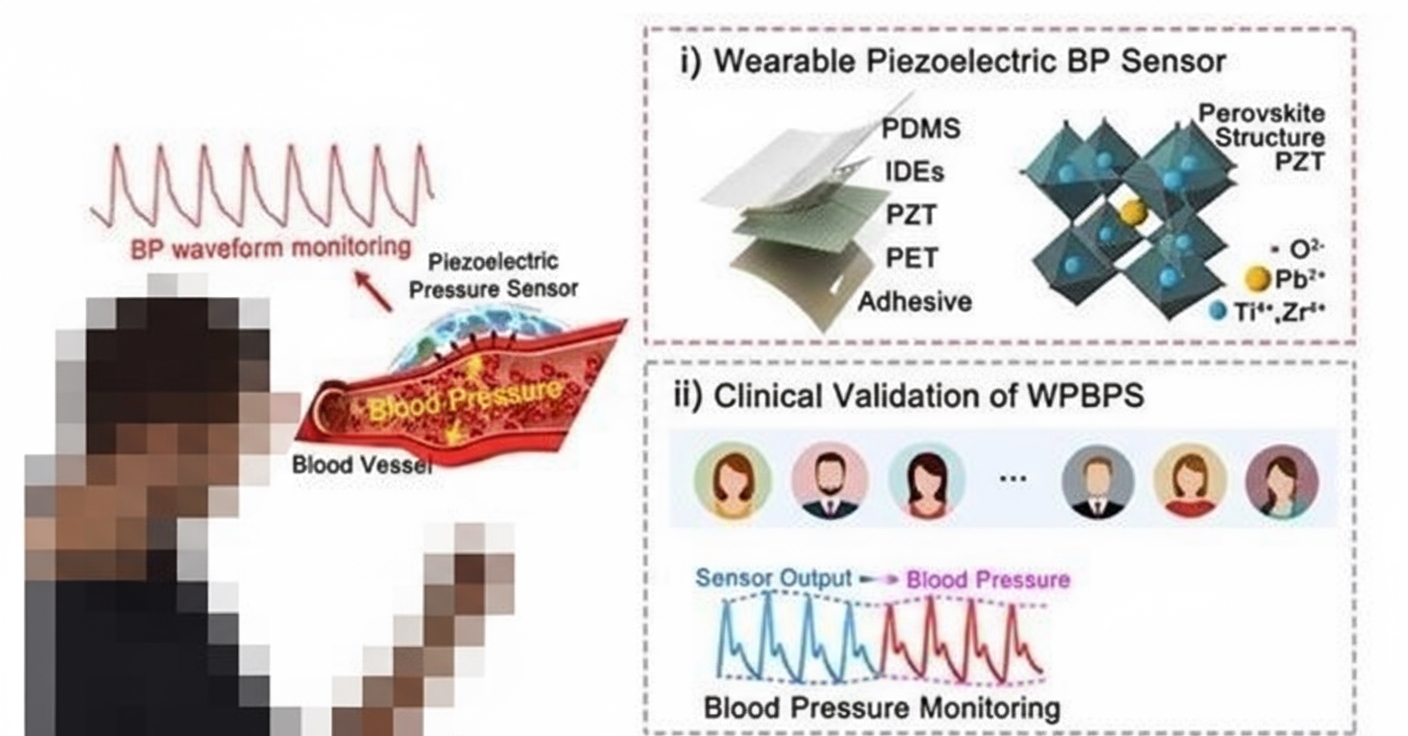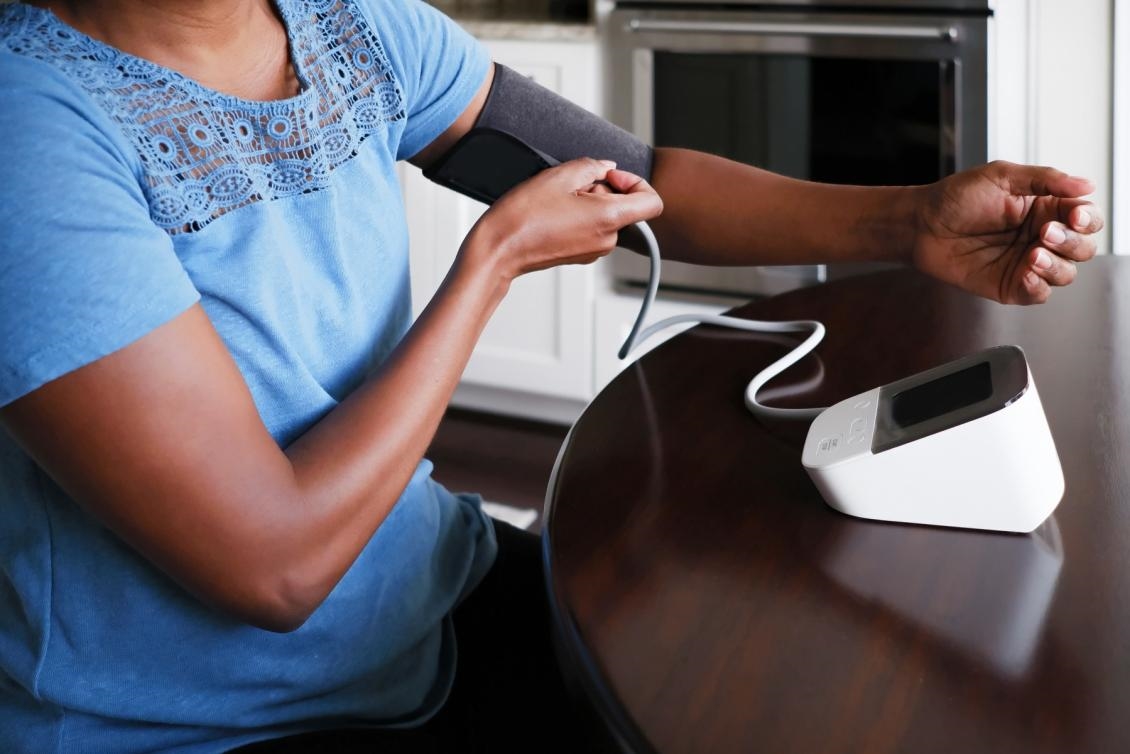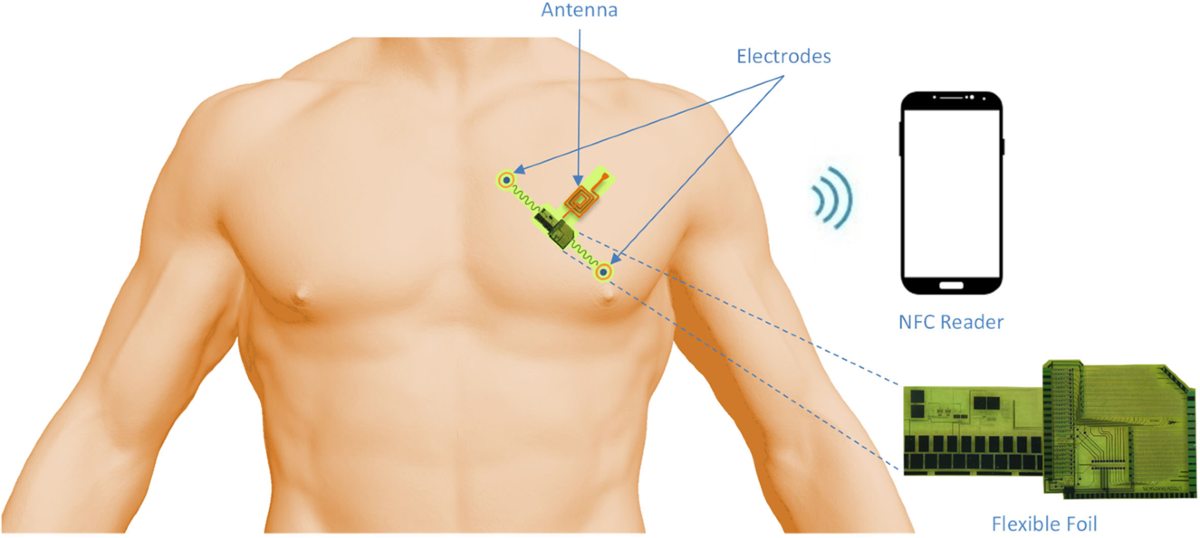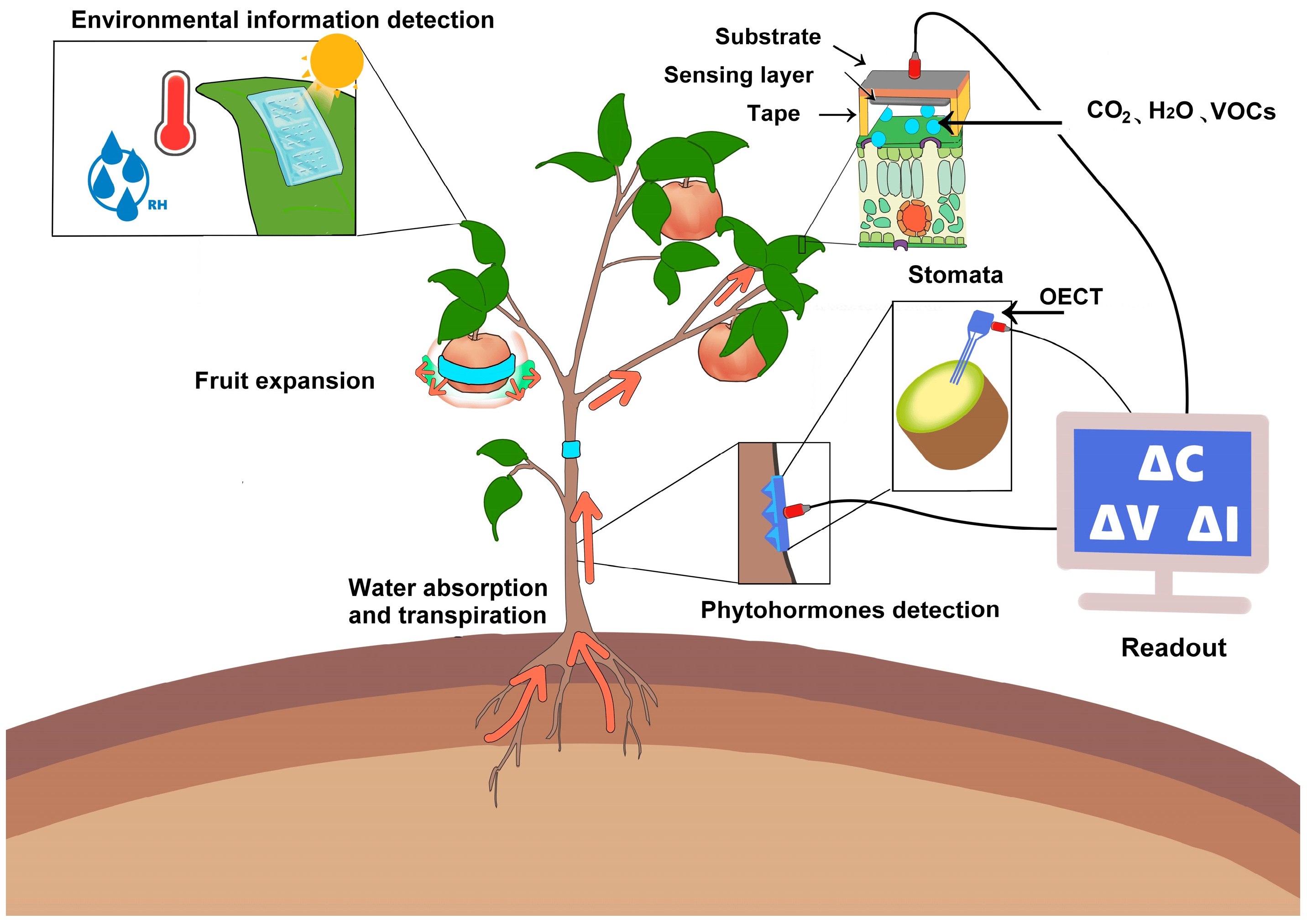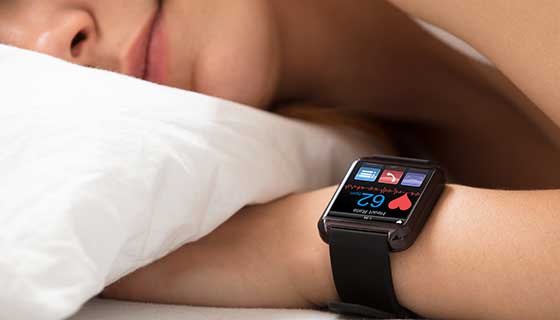 How does a smartwatch monitor sleep, and how accurate are those data? The following summarizes an article on the topic.
How does a smartwatch monitor sleep, and how accurate are those data? The following summarizes an article on the topic.
1. What is actigraphy?
Actigraphy was first developed in the 1980s by the U.S. military to assess troop performance. Researchers later found many applications and the technology moved into the commercial market. Over the past 30 years, improvements and advantages such as portability, noninvasiveness, and low cost have made actigraphy widely used for assessing sleep/wake patterns, monitoring daily activity intensity, drug testing, behavioral genetics, and other fields.
Working principle of actigraphy
Modern actigraphs typically record motion along three axes, with a triaxial accelerometer as a standard component. The triaxial sensor can sensitively detect slight movements in three directions. Based on recorded data, analysis software computes energy expenditure and sleep-related parameters such as sleep onset time (SOT), wake after sleep onset (WASO), number of awakenings, and sleep efficiency (SE).
2. Sleep depth
Sleep depth is generally assessed by reduced body activity and decreased sensory responsiveness. Deep sleep is one stage of sleep and accounts for about 25% of total sleep time; it is often referred to as "golden sleep." Nighttime sleep typically consists of 5 to 6 recurring cycles, each lasting about 60 to 90 minutes. Based on changes in brain electrical activity, muscle tone, and eye movements, the sleep cycle comprises non-rapid eye movement (non-REM) and rapid eye movement (REM) sleep. Non-REM sleep is described in the original text as four stages—very light, light, medium, and deep—followed by REM sleep, which completes the cycle. Research indicates that the stages classified as very light and light sleep, which together account for roughly 55% of total sleep time, have limited effect on fatigue recovery. Only the medium and deep non-REM stages and REM sleep contribute significantly to relieving fatigue. During deep sleep, cortical neurons are in a state of substantial rest, which is important for eliminating fatigue, restoring energy, and supporting immune function. However, deep sleep occupies only about 25% of total sleep time.
Therefore, evaluating sleep quality should not rely solely on total sleep time; sleep quality matters more. During deep sleep the body is almost immobile, but micromovements still distinguish it from a wearable left stationary on a table. A wearable must exclude non-wear stationary periods. If the device includes heart-rate detection, heart-rate data can confirm that the band or watch is being worn and rule out stationary non-wear. Without heart-rate detection, micro-movement analysis is needed to differentiate deep sleep from absolute stillness. However, when judgments are based solely on a triaxial accelerometer, this form of "sleep detection" can only be considered a sleep inference rather than a direct measurement.
Entering sleep
- Accelerometer shows movement with irregular frequency.
Light sleep
- Device indicates sleep while accelerometer movement amplitude is small and frequency is low.
Awake state
- Device indicates wakefulness or arousal while accelerometer movement amplitude is large and frequency is high.
Deep sleep
- Device indicates sleep while accelerometer shows no measurable movement.
Wake-up detection
- Accelerometer detects regular or patterned movement.
3. Smart bands and sleep monitoring
Current mainstream smart bands and fitness trackers use actigraphy for human sleep monitoring. The hardware sensors record small body movements, and internal algorithms compute sleep parameters and sleep states. Different devices may yield varying results due to hardware and software differences. Many wearables also include heart-rate sensors, which can record heart-rate changes during sleep. Devices equipped with red light LEDs and infrared LEDs can additionally estimate blood oxygen levels. These signals assist sleep analysis. Wearables are independent and therefore not affected by another person sleeping on the same bed when measuring the wearer's activity and physiological signals.
4. Cardiopulmonary coupling (CPC) analysis
The discovery of EEG in the 20th century made EEG the core signal for sleep research, and later additional signals such as electrooculography, electromyography, respiration, electrocardiography, and blood oxygen were added to form the polysomnography systems used in hospitals. Although polysomnography has advantages, it has drawbacks: subjects must be connected to multiple leads and sleep overnight in a laboratory, conditions that may not reflect normal sleep; another major issue is the reliance on experienced technicians to spend hours manually identifying characteristic EEG waveforms to stage sleep. In fact, sleep is a whole-body physiological process: as the brain relaxes, muscles relax, heart rate slows, and breathing becomes slower and more regular. Other body systems therefore also exhibit sleep-related features. Researchers at Harvard Medical School studying sleep mechanisms concluded that signals from the autonomic nervous system can better reflect sleep states.
States of the autonomic nervous system are expressed in the electrocardiogram, and ECG monitoring is far simpler to perform than EEG, minimizing the monitoring's effect on sleep. Crucially, the heart has intrinsic rhythmic properties that change with physiological states, and ECG activity exhibits different characteristics across sleep states. After analyzing large clinical datasets, Harvard researchers found a coupling between cardiac and respiratory activity that becomes stronger during stable sleep and displays different characteristics during wakefulness, light sleep, or certain disease states. Based on this finding, in 2005 the Harvard team proposed the cardiopulmonary coupling (CPC) concept and developed techniques capable of staging sleep. Clinical validation has shown good agreement between CPC-based staging and traditional EEG-based staging.
Applications and advantages of CPC
Over a full night's sleep, the body cycles from wakefulness to light sleep to stable sleep, with periods of rapid eye movement (REM) interspersed. Each sleep stage should occur within expected time ranges. CPC can determine the timing and proportion of each sleep stage, accurately describe sleep structure, and indicate potential sleep problems.
1. Improved accuracy in assessing sleep quality. Two people may go to bed and wake up at the same times and both feel their sleep was good, yet objectively one may have had poor sleep. Medical studies confirm such discrepancies between subjective perception and objective measurement. Someone who feels they slept well may actually have airway collapse during sleep leading to breathing abnormalities, hypoxia, and related symptoms such as sleep apnea, which can affect multiple systems and increase long-term risk for chronic conditions like hypertension, diabetes, depression, and dementia.
2. Better identification of sleep-disordered breathing. People often have low awareness of snoring or sleep apnea. CPC can accurately detect sleep apnea and characterize its type and severity, enabling early intervention to prevent disease progression. For patients receiving treatment, CPC can dynamically track therapy effectiveness and improvements in sleep quality.
3. More accurate assessment for chronic insomnia. Many long-term insomnia sufferers cannot correctly judge their true sleep status. CPC can accurately depict an insomniac's sleep structure and indicate whether problems stem from difficulty initiating sleep, excessive light sleep, awakenings with failure to return to sleep, or too little or fragmented deep sleep.
4. Guidance for personalized interventions. Clinicians can design targeted treatment plans based on CPC results, and users can perform tailored self-regulation according to CPC-identified insomnia types, for example by adjusting sleep schedules, incorporating relaxation exercise, applying behavioral therapies, or controlling light and noise to improve the sleep environment. CPC can continuously monitor intervention effects and support timely treatment adjustments.
5. Home-based monitoring that reflects real sleep. CPC breaks the environmental limitations of traditional sleep monitoring and can be applied in chest- or wrist-worn devices to record full-night autonomic activity without affecting the user's sleep, automatically generating analysis reports. Users can use CPC-based monitoring at home to learn about their own and family members' sleep quality and make targeted improvements.
Currently, CPC technology has received U.S. Food and Drug Administration approval as a clinical tool for sleep quality assessment. Clinical studies in the U.S., Europe, and Asia, including the Chinese market, have demonstrated CPC's accuracy and reliability. By enabling continuous autonomic nervous system monitoring in wearable form factors, CPC has expanded the possibilities for at-home sleep assessment and ongoing sleep health management. CPC combined with wearable devices is expected to broaden access to meaningful sleep information and support improved health outcomes.
 ALLPCB
ALLPCB


